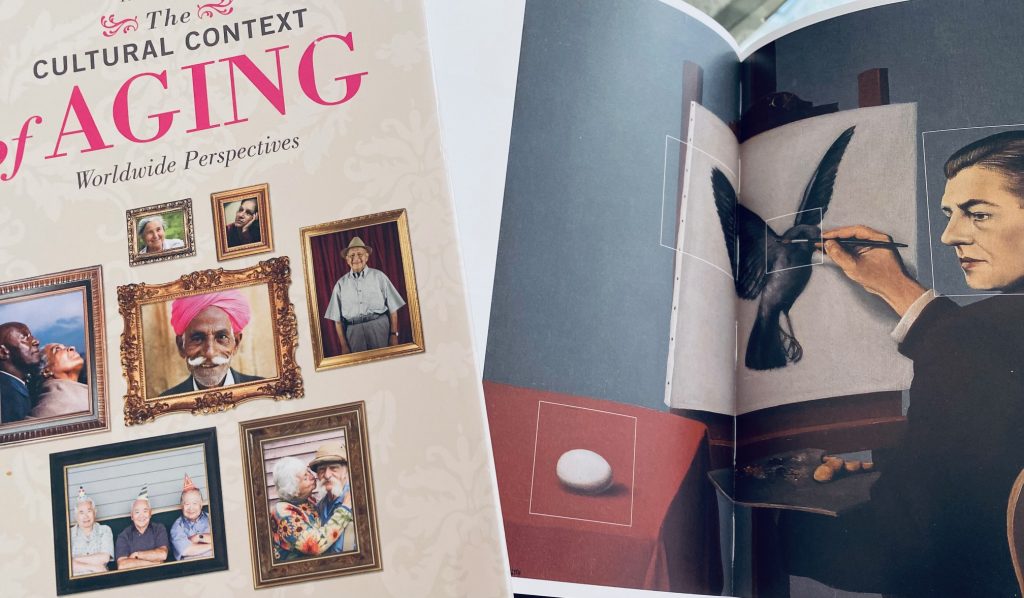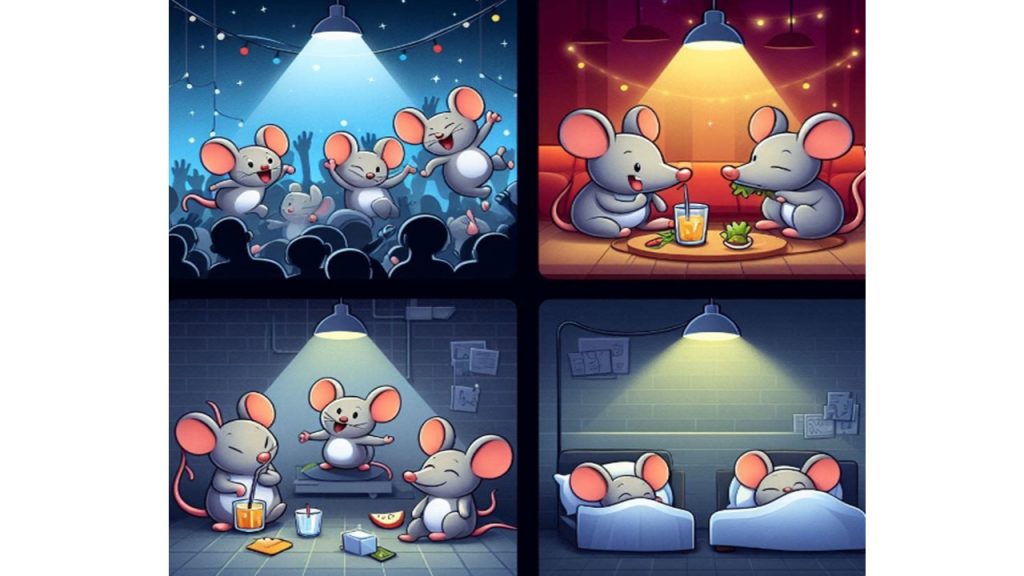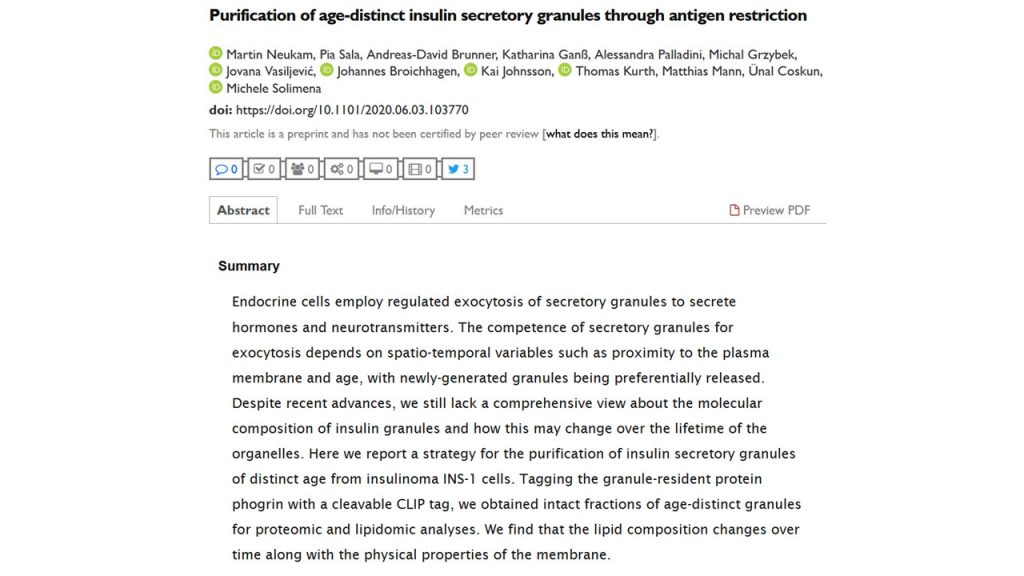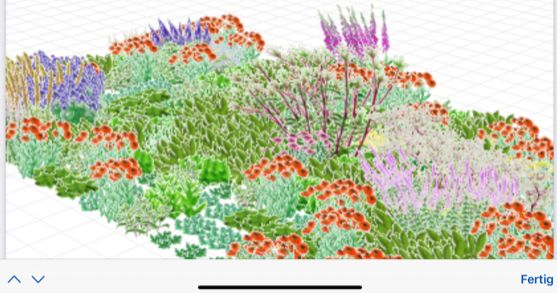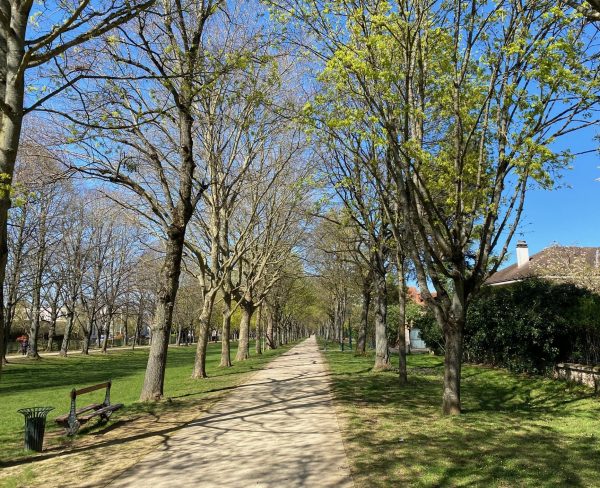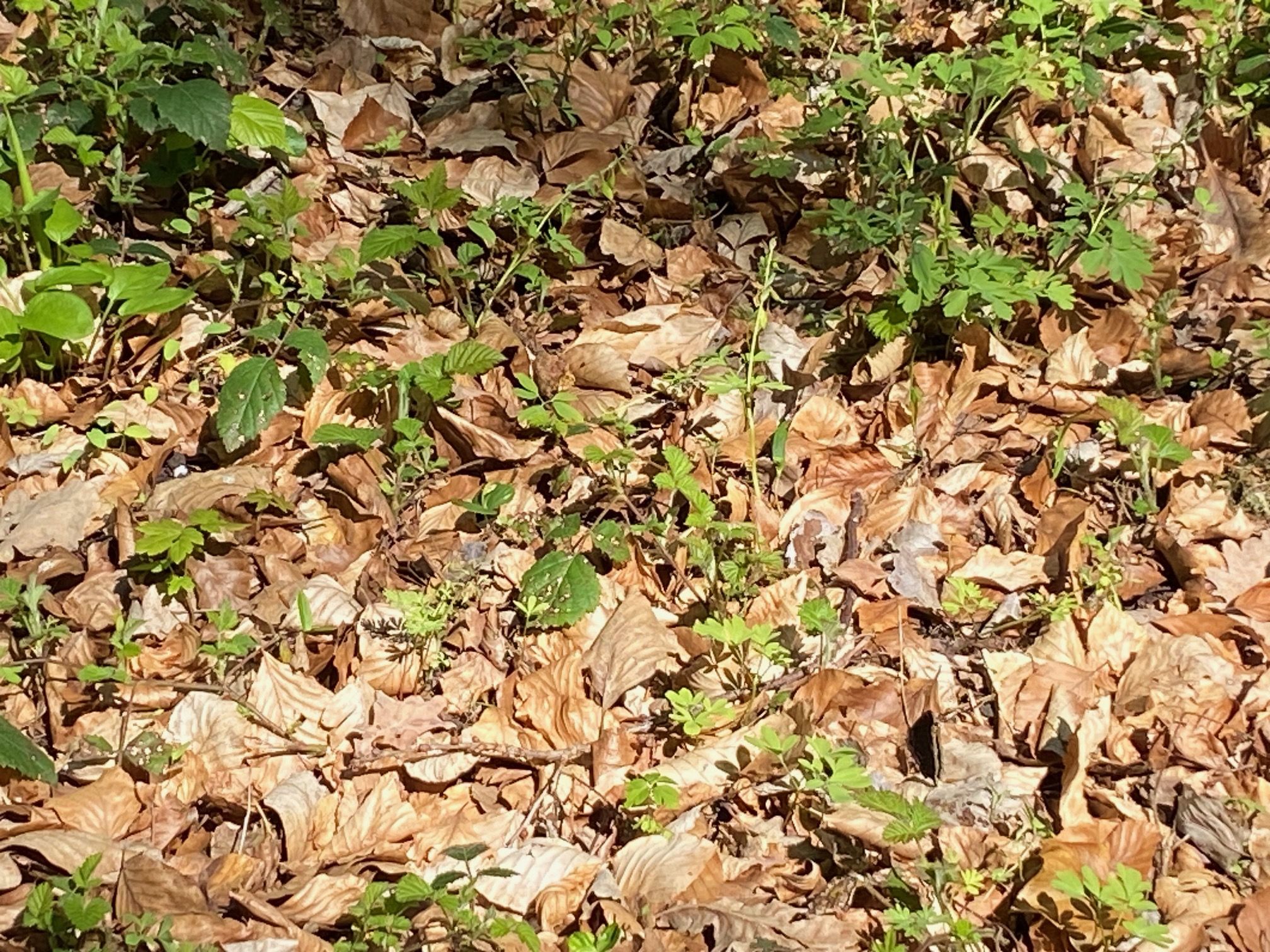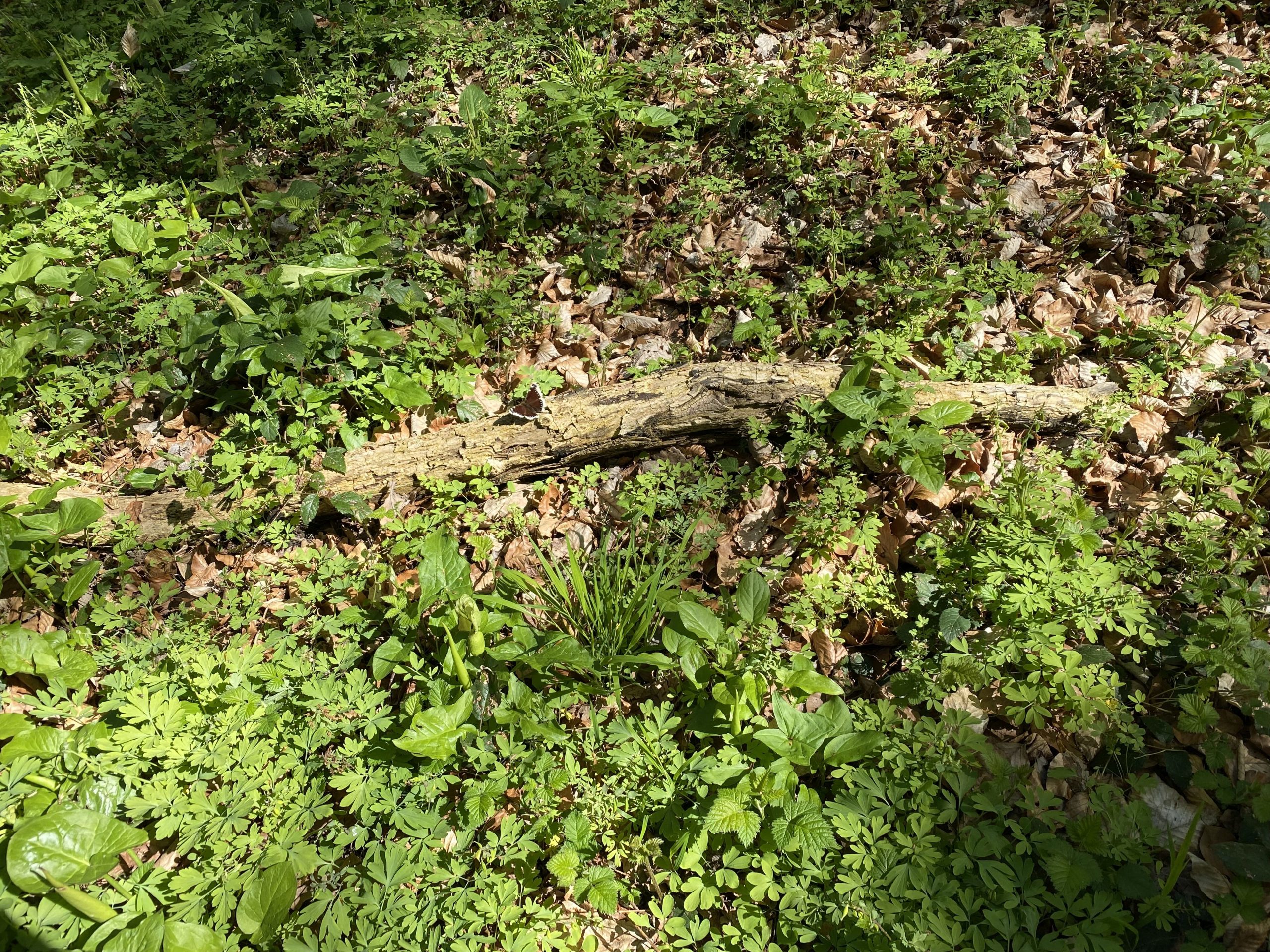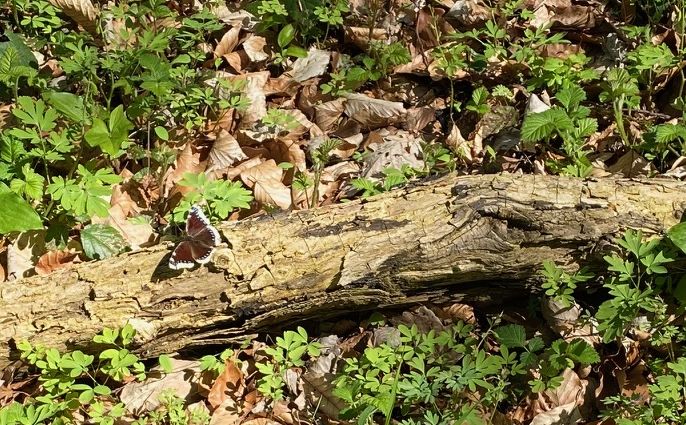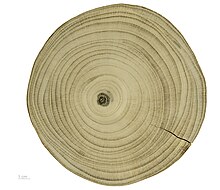In evolutionary biology there is still a discussion about the functional explanation of why humanoids developed a chin. A recent paper by Meyer-Rochow adds a new functional explanation for the evolution of the chin to the literature. Across cultures and sufficiently distant populations of humans, similar patterns of the use of the chin have been observed. In comparison to other species under the superfamily “Hominoidea”, our bites are only of minor strength and apes, Orang Utans have not developed a chin quite like us, homo sapiens. Origins of the chin as “weapon” in fighting and broader social selectivity remain hypotheses without sufficient proof of evidence.
In addition to the functional explanations of easier “mastication” or formation of words, chins might serve as an additional part of the body to hold items to the chest. This function, of holding tools or stuff could have been an advantage for our ancestors and became a favoured trait. During the pandemic our chins became a supporting or hindering reason in the struggle to wear masks for extended periods of time (see image below).
Nowadays, we ask ourselves about the social selectivity into becoming a violin player with this important function of the jaw and chin to hold the instrument. A rival hypothesis is, of course, that holding things with our mouth, like needles or screws, in sewing or handicrafts could eventually make the chin disappear. The bipedalism of hominids, freed our hands for other tasks and the evolution of a chin could similarly reinforce the efficient use of our hands.
Novel use cases for the chin, like holding your smartphone while typing on a keyboard or while opening doors, might enhance the chinny trait of hominids.
Over hundred of thousands of years the interaction of the bio->psycho->social (BPS) spheres of life may have interesting traits for us down (or up) the evolutionary line.
(Image: European parliament, Brussels 2020-7-23 address by Ursula von der Leyen in “masked assembly”).
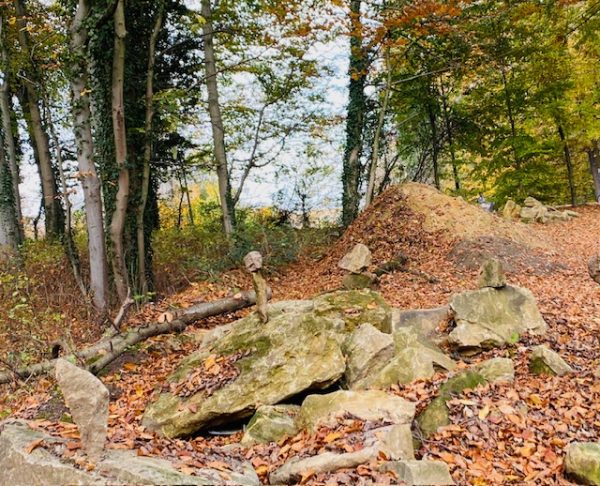





 The flowering season starts earlier in Europe and bees start earlier ro their collection of nectar and their service of pollination to other flowers. In early April 2025 in France near Paris we observe wild bees already in their daily routine. However, the risk of cold nights is still there, albeit those building their homes below the surface are a bit less at risk during a frosty night. Seeking a clever shelter is a good strategy for survival particularly at times of global warming. Some kinds of wild bees seem to sense this already changing homes from one season to next one. Humans remain their toughest enemies as they restrict their choices quite severely. Man-made pollution and herbicides are beyond bees’ control and cause havoc in the ecosystem of bees. Apiculture is an interesting science also for social scientists as this forerunner species of the matriarchy has evolved into a well-organized productive society. They are a bit harsh to each other and communication is rather unidirectional, but an interesting social cosmos of its own kind.
The flowering season starts earlier in Europe and bees start earlier ro their collection of nectar and their service of pollination to other flowers. In early April 2025 in France near Paris we observe wild bees already in their daily routine. However, the risk of cold nights is still there, albeit those building their homes below the surface are a bit less at risk during a frosty night. Seeking a clever shelter is a good strategy for survival particularly at times of global warming. Some kinds of wild bees seem to sense this already changing homes from one season to next one. Humans remain their toughest enemies as they restrict their choices quite severely. Man-made pollution and herbicides are beyond bees’ control and cause havoc in the ecosystem of bees. Apiculture is an interesting science also for social scientists as this forerunner species of the matriarchy has evolved into a well-organized productive society. They are a bit harsh to each other and communication is rather unidirectional, but an interesting social cosmos of its own kind.













